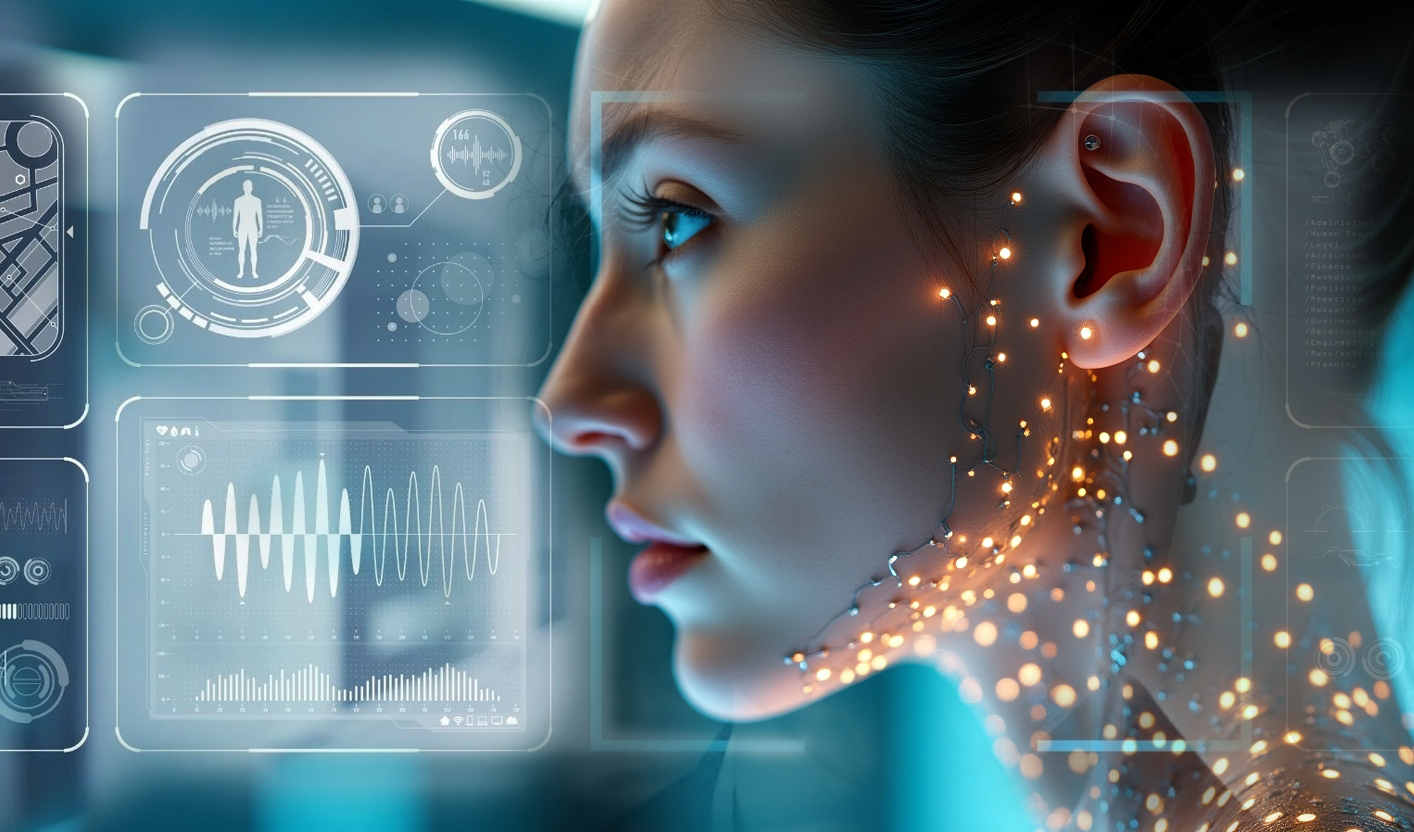The Impact of Artificial Intelligence on the Neurodiverse Community: A Double-Edged Sword
/Artificial intelligence (AI) is significantly changing the world in ways that seemed impossible just a few decades ago. One group that is experiencing some of the most powerful effects of AI is the neurodiverse community. Individuals with neurodevelopmental differences, such as autism, ADHD, dyslexia, and other conditions, are impacted by AI in both positive and challenging ways. By incorporating calm technology principles, we can ensure that these tools provide support without overwhelming users, making AI a more effective ally for the neurodiverse community.
The Positive Impact:
Reducing Cognitive Load and Enhancing Accessibility
One of AI’s most significant potential benefits to the neurodiverse community is the ability to reduce cognitive load. Tasks that are straightforward for neurotypical people can be overwhelming for neurodivergent individuals. AI tools like voice-to-text, text-to-speech, and haptic feedback technologies can dramatically ease these challenges, especially when designed with calm technology principles.
Voice-to-Text and Text-to-Speech:
Bridging Communication Gaps with Minimal Disruption
Voice-to-text technology has become embedded in many things, such as Mac os and iOS or Google’s voice typing; plenty of great third-party Apps are either cloud-based or can operate locally from a device. They range from primary voice to text to being able to transcribe conversations from multiple people. This has revolutionized how neurodivergent individuals communicate. Following the calm technology principle of requiring the least possible attention, these tools allow users to dictate or listen to text without interrupting their workflow. For instance, subtle auditory feedback or a peripheral notification can inform users that the system is listening or has transcribed text without pulling their focus away from the task. This creates a seamless experience where technology supports communication without becoming a distraction.
Haptic Feedback: Providing Sensory Support in the Background
Haptic feedback technology, which uses vibrations or other tactile sensations to communicate with users, can be a game-changer for individuals with sensory processing differences. By utilizing the principle of using the periphery, haptic devices can offer non-intrusive alerts or reminders. For example, a gentle vibration can signal the completion of a task or remind someone with ADHD to stay focused, all without significantly adding to the sensory load. This approach ensures that technology supports users discreetly, enhancing their ability to manage tasks while maintaining a calm and controlled environment.
AI-Driven Website Accessibility: Creating Calm, Inclusive Digital Spaces
Ensuring that websites are accessible to everyone, regardless of their abilities, has become a priority in the digital age. AI tools like UserWay and AudioEye, designed with the principle of respecting social norms, help ensure that digital spaces are inclusive without drawing undue attention to the modifications. For neurodivergent users, this means navigating websites subtly adapted to meet their needs — such as adjusted color contrast or simplified navigation — without making them feel singled out. By keeping these adjustments in the background, the technology enhances accessibility while maintaining a calm and dignified user experience.
The Negative Impact: Potential Pitfalls and Over-Reliance
While AI offers numerous benefits, it’s essential to acknowledge the potential downsides, particularly for the neurodiverse community. Even with calm technology principles in place, some risks must be managed.
Over-Reliance on Technology: Maintaining Balance
One concern is the potential for over-reliance on AI tools. While these technologies can significantly reduce cognitive load, they might also lead to decreased independence if users become too dependent on them for everyday tasks. The calm technology principle of amplifying the best of what technology and humans can do together emphasizes the need for balance. AI should complement human abilities, not replace them. For example, while voice-to-text software can assist with writing, it’s essential that users also have opportunities to practice and enhance their writing skills independently.
Data Privacy and Security: Creating Calm Through Trust
Many AI tools require access to personal data to function effectively, raising concerns about privacy and security. For neurodivergent individuals who may already feel vulnerable, the possibility of their data being misused or inadequately protected is a significant issue. Following the principle that technology should create calm, developers must prioritize robust data protection measures to ensure the safety and privacy of users. When users trust that their information is secure, it reduces anxiety and enhances their overall experience with the technology.
Potential for Misalignment with Individual Needs:
Personalization as a Path to Calm
AI is powerful, but it is not perfect. There is a risk that AI tools may not fully align with the individual needs of neurodivergent users. For example, an AI-driven tool might misinterpret the needs of someone with ADHD, leading to suggestions or modifications that are not helpful or may even be counterproductive. The principle that the right amount of technology is the minimum needed to solve the problem is particularly relevant here. Personalization is key, and developers must continue refining these tools to cater to the diverse needs within the Neurodiverse community, ensuring that AI enhances calm rather than causes frustration.
Conclusion: Striking the Balance with Calm Technology
AI’s introduction into the lives of neurodivergent individuals is a double-edged sword, offering significant benefits while presenting some challenges. By integrating the principles of calm technology, we can ensure that AI tools are designed to support users in ways that are efficient, unobtrusive, and mindful of cognitive and sensory needs.
As AI continues to evolve, it holds the potential to be a powerful tool for the neurodiverse community. By focusing on inclusive design, ethical development, and the principles of calm technology, we can create tools that empower, rather than hinder, those with neurodevelopmental differences, offering support to the individuals’ unique challenges so that they can be (and feel) more effective.

